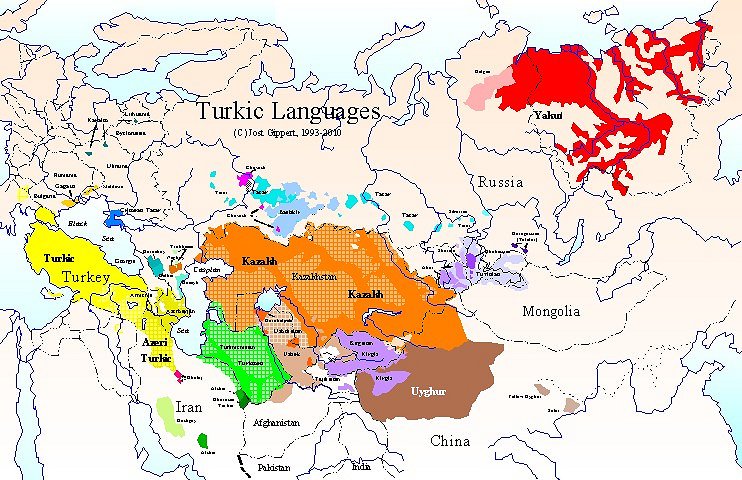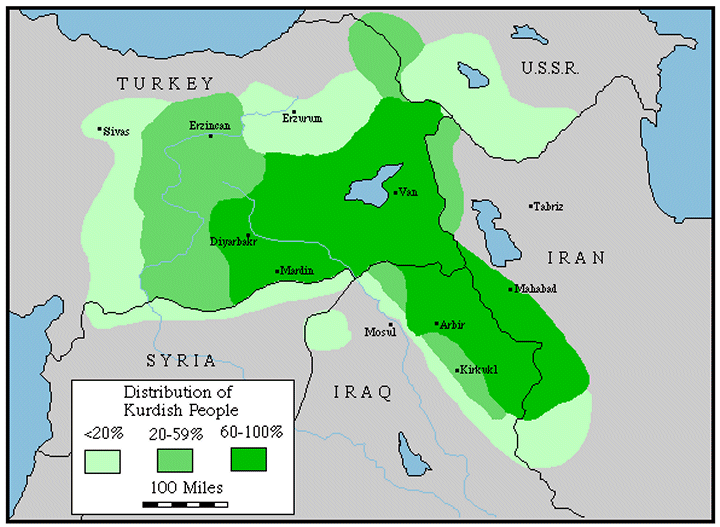The primary objective of GAP is to normalise levels of development, income, and living standards
between the southeastern region and other regions of Turkey. Creating economic and social opportunities and promoting business, GAP is transforming the region completely. Critical infrastructure, such as airports and highways, is being constructed to support the development of the region. GAP will
provide jobs to an estimated 3.5 million people directly.
http://en.wikipedia.org/wiki/Southeastern_Anatolia_Project
Plus when all this infrastructure is build-up, maybe European businessman or Turkish ones will invest there, too.
----------------------------------
The GAP administration estimates that when the project is completed, production will increase as follows:
Wheat 90%
Barley 43%
Cotton 600%
Tomatoes 700%
Lentils 250%
Other vegetables 167%
Between the new jobs in industry, agriculture, and construction of the dams, roads, and other facilities
the GAP expects to be able to employ 3.8 million people.
http://link.lanic.utexas.edu/hemispheres/units/geography/GAP_project_turkey.pdf
----------------------------------
Vision: Realization of a democratic social structure made up of well trained, equipped and self assured individuals in a region where welfare prevails as a result of equal economic opportunities to all, where development disparities with other regions have diminished; where all resources are used efficiently; and where both productivity and employment flourish as a precondition of sustainable growth and social stability.
Overall Objective: To raise the quality of life for all people persons living in the region and to make this sustainable on the basis of participation. Basic Principles and Strategies:
Observance of and adherence to the UN Conventions and other international obligations as well as to the basic principles and policies of the 8 Five Year Development Plan and those of the perspective for 2023.
Development process in the region will take place in a manner that integrates economic, cultural, spatial and environmental dimensions, on the basis of human development and along the principles of participation and sustainability.
Objective 1: Bringing in the Social-Economic-Cultural-Environmental Setting for a
Sustainable Human Development Targets:
1. Enhancement of production, diversification of economic activities and bringing regional incomes closer to national averages.
2. Alteration in the composition of GDP so as to allow for sectoral consistency.
3. Raising the productivity and efficiency of labor, capital, enterprises and organizational/institutional arrangements so as to be competitive in international settings.
4. Development of land, water and other resources.
5. Prevention of environmental pollution and erosion control.
6. Preservation and enhancement of biological diversity with due regard to the ecological make up of the region.
7. Improvement of rural/urban endowments and technical infrastructures.
8. Protection and development of cultural properties and natural sites.
Objective 2: Consolidation of Social Structure by Enhancing the Capacity of Human
Resources and Local Institutional Capacity
Targets:
1. Enhancement of formal and informal education-training facilities.
2. Skill building especially for women and young people to enable them to benefit from production and employment prospects.
3. Providing opportunities for pre-school education.
4. Adoption of measures to ensure the school enrollment of school age girls.
5. Development of socio-cultural interaction spheres and improvement of access to cultural services.
6. Promotion of public and protective health care services.
7. Enhancement of the possibilities and organizational capacities of local people, particularly disadvantaged groups, to improve their access to decision making processes, resources and social services.
8. Support for local initiatives and enlargement of the share in the private sector.
9. Enhancement of the institutional capacity of local governments, professional
organizations and voluntary organizations particularly in relation to their service
extension.
Objective 3: Spatial Arrangements for an Equitable and Balanced Development
Targets:
1. Alleviation of intra-regional development disparities and improvement of socio-economic standards in disadvantaged sub-regions.
2. Ensuring more efficient spatial utilization; making the size and conglomeration of settlements compatible with economic, social and environmental concerns.
3. Improvement of rural and urban housing systems.
http://www.gap.gov.tr/English/Dergi/d9152001.pdf




